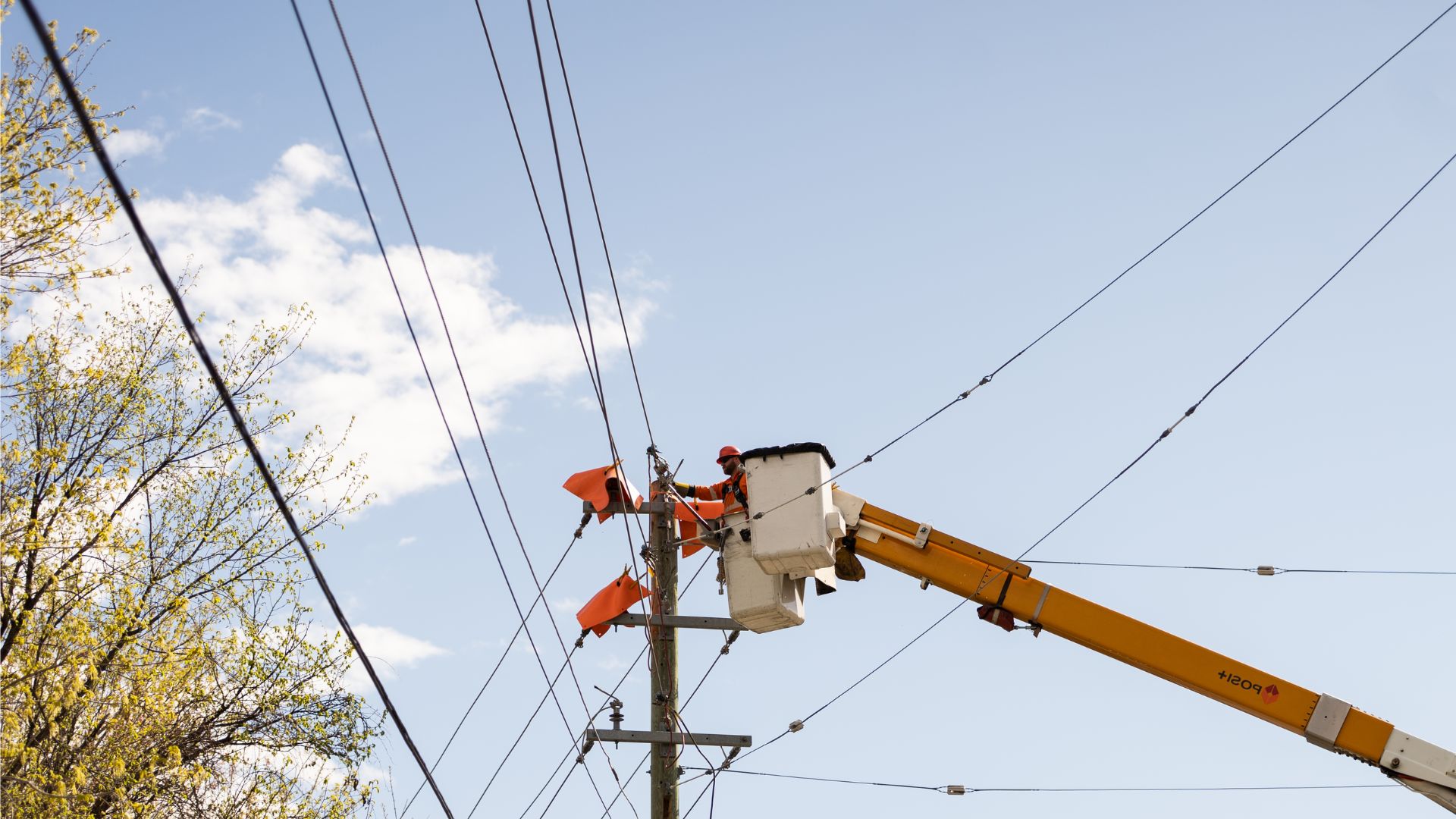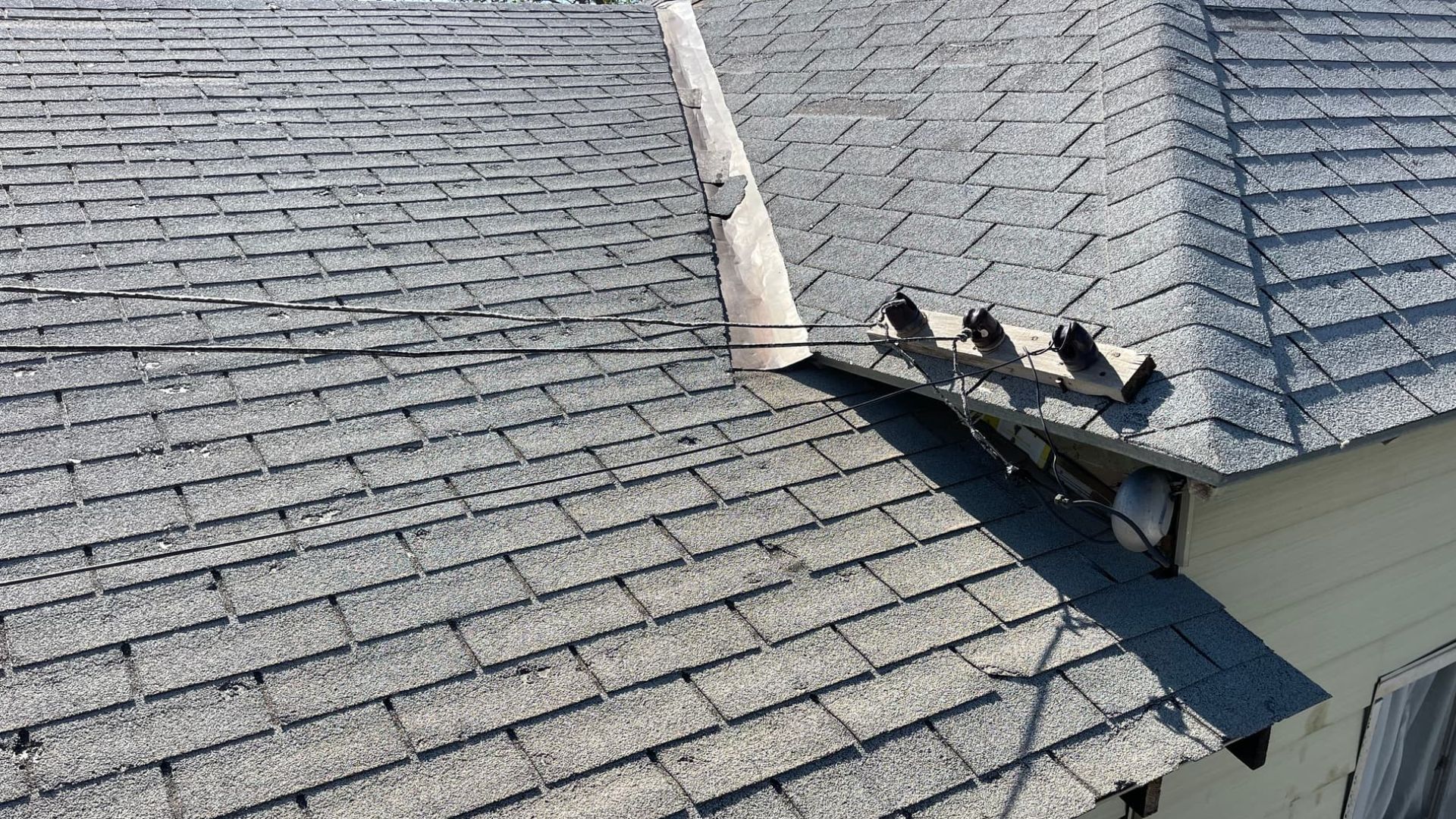Australians’ growing power use is pushing the limits. According to the Australian Department of Energy, in 2022–23, Australia’s net energy use increased by 2%, reaching a massive 23,294 Petajoules. That might sound like a number from a science fiction novel, but it reflects what’s happening in homes and industries across the country. Household energy use rose by 3%, while industrial energy use climbed by 4%. Even electricity generation crept up by 1%, totalling around 274 terawatt hours.
At Enersol, our Residential Electrician Gold Coast - These aren’t just dry stats, they point to a bigger issue. As energy use ramps up, the pressure mounts on the systems that deliver it. And one part of the electrical network that’s feeling the strain, but is often overlooked, is the overhead consumer mains.
These are the lifelines carrying electricity from the street into your home, and they’re working harder than ever. Learn more about residential wiring guide. Understanding how much they can safely handle and when they’re struggling is now crucial for any property owner.
What Are Overhead Consumer Mains?
If you’ve ever looked up and seen cables connecting the power pole to your house, you’re looking at your overhead consumer mains. They run from the point of attachment on your roof or fascia, connecting your property to the local electricity distribution network.

Once electricity reaches your home via these lines, it travels to the switchboard, where it gets distributed to power outlets, lights, appliances, and everything else that runs on electricity inside your home.
These cables may look simple, but they include several key components:
- Insulated conductors that carry current
- Mounting brackets or insulators attached to the structure
- Neutral connections and safety fittings
What many homeowners don’t realise is that the responsibility is shared. The electricity distributor manages the network up to the point of connection, but everything from the attachment point into your home, including these consumer mains, is your responsibility. That means you need to maintain them, ensure they’re safe, and make sure they can handle your home’s energy demand.
Defining Load Capacity, And Why It Matters
Let’s break it down simply. Load capacity is the maximum electrical load, measured in amps or kilowatts, that your mains and wiring can handle safely and efficiently.
Now, picture this: electricity is like water flowing through a pipe. If the pipe is too small for the volume of water, you’ll get pressure build-up, leakage, or even a burst. In electrical terms, this translates to overheated cables, tripped circuit breakers, or worse, electrical fires.
With homes today filled with high-powered appliances such as induction cooktops, home theatres, reverse-cycle heating, EV chargers, the load on consumer mains is only going one way: up.
If your system’s capacity is too low, here’s what can happen:
- Circuit breakers keep tripping
- Wiring overheats, creating a fire risk
- Appliances underperform due to voltage drops
- Your entire electrical system suffers wear and tear faster
It’s not just about now either. Your system needs to be future-ready for the next wave of devices and upgrades. Underestimating load capacity can result in frequent disruptions, costly repairs, and serious safety risks.
Common Signs You May Be Exceeding Load Capacity
You don’t need to be an electrician to spot signs that your home’s load is too high. Here are some everyday indicators:
- Circuit breakers frequently trip, especially when multiple appliances are running
- Lights dim or flicker when high-draw devices (like a microwave or heater) kick in
- Your switchboard is warm to the touch, or you detect a burning smell
- Appliances run inconsistently or take longer to do basic tasks
These are signs your system is struggling to keep up. They’re not just minor annoyances either. If overheating occurs regularly, your risk of an electrical fire increases significantly. Insurance claims for damage may also be complicated if your system is outdated or non-compliant.
Catching these red flags early can prevent serious consequences and save you money in the long run.
Key Factors That Influence Load Requirements
Every home has a unique energy footprint, and a variety of factors contribute to how much electrical load is required. Here’s what makes a difference:
- Size of the property – Larger homes have more wiring and demand
- Number of residents – More people, more usage
- Types and quantity of appliances – Things like clothes dryers, dishwashers, pool pumps, and heated towel rails are power-hungry
- Heating and cooling systems – Ducted air conditioning or multiple split systems increase your load significantly
- Electric vehicle (EV) charging – Even one charger can place a big demand on your system
- Solar panels and battery systems – These can ease your grid usage, but the wiring needs to be able to handle both incoming and outgoing current
- Single phase vs three phase power – Homes with three-phase power can handle higher loads more evenly
So even if you’re in a modest house, adding a few big-ticket appliances can dramatically change your energy needs. Reviewing load requirements periodically helps ensure your system doesn’t fall behind.
How Load Is Calculated and Assessed
Calculating load capacity isn’t something you can eyeball. Licensed electricians use a structured approach, combining technical knowledge and compliance standards.
Here’s a simplified version of how it’s done:
- Catalogue appliances – All major electrical items are listed with their wattage
- Apply usage estimates – Based on typical demand rather than maximum all-at-once load
- Factor in the power factor – A measure of how efficiently electricity is used
- Assess the type and size of circuits – Some circuits are designed for higher loads
- Add safety margins – Typically around 20%–25 % above expected usage to accommodate spikes or future needs
This assessment ensures your mains can handle today’s load and tomorrow’s upgrades. It also ensures your setup complies with local codes and Australian electrical standards.
Attempting to calculate this yourself, or relying on guesswork, isn’t just inaccurate—it’s dangerous. This is a job for qualified professionals only.
When and Why an Electrical Mains Upgrade Might Be Needed

So, when should you consider upgrading your consumer mains?
Here are some clear triggers:
- Renovating your home, especially if you’re adding new rooms or extending
- Installing high-load equipment, like ducted heating, electric cooktops, or EV chargers
- Ongoing issues with breaker trips, flickering lights, or inconsistent power
- Living in an older home, especially one built before modern electrical demands existed
Besides performance and safety, an upgrade ensures you meet the latest energy regulations and codes. It also keeps your property eligible for insurance coverage and makes it more appealing to future buyers.
Choosing the Right Professional for the Job
Working on overhead mains isn’t a casual Sunday project. You need a licensed electrician with specific experience in consumer mains installations and upgrades.
Why that matters:
- They ensure compliance with Australian Standards
- They work with energy authorities to ensure safe connections
- They install systems with future load in mind, not just your current usage
- Their work is typically guaranteed and insured, offering peace of mind
Enersol Electrical has built a solid reputation for reliable, code-compliant work across homes and businesses. We handle everything from inspections to full system upgrades, ensuring your power system is robust, safe, and ready for the future.
Let’s Make Sure Your Power Is Built to Handle It
As more households install smart devices, electric cars, and energy-hungry appliances, the pressure on your electrical system will only increase. But with the right setup and the right team behind it, you can stay ahead of the curve.
Enersol Electrical offers thorough assessments, mains upgrades, and future-proofed solutions. We’ll help you understand your load needs, explain what needs attention, and carry out the necessary upgrades with minimal fuss.
So don’t wait for a blown fuse or a power outage to take action. If your home hasn’t had an electrical load check in years, or if you’ve added any big appliances lately, it’s time to have a chat. Explore our Residential Electrician Gold Coast to learn more.
Book your inspection now atenersolelectrical.com.au or give us a call. Let’s make sure your power isn’t just working, but built to keep working well into the future.